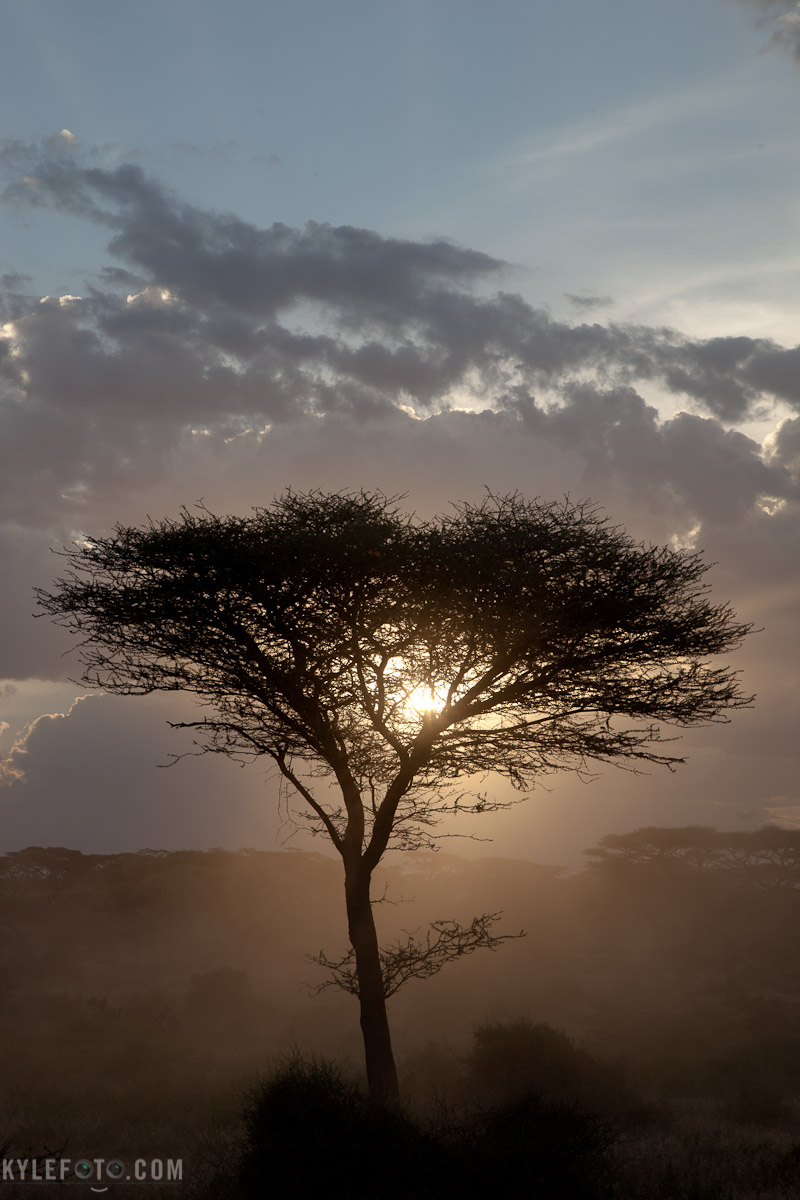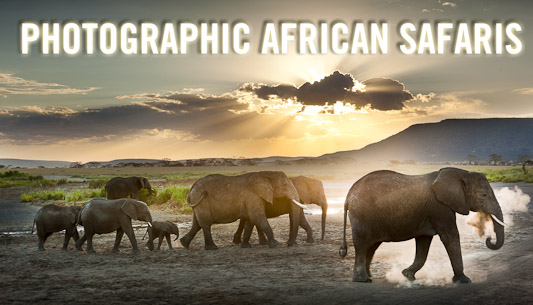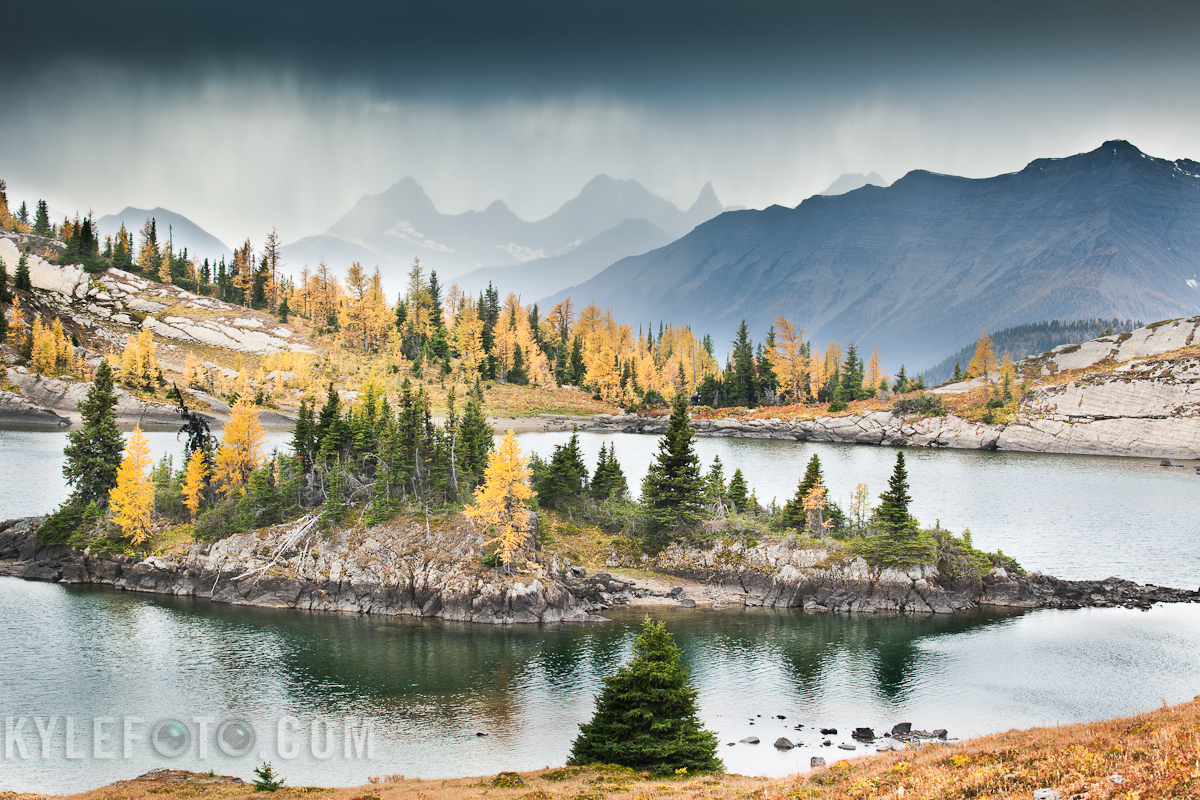Antarctica
The Lyubov Orlova, this ship named after a famous russian star had it’s hey day, but it certainly isn’t now. I had taken many voyages on this bucket of rust and I’ve decided to post about it given it’s intimate history with the Antarctic. It has recently been bought for $275,000 in the hopes that it’s worth more than that in scrap metal.
My first impression venturing on board was doing life boat drills noticing to my horror that the life boats were not covered. Knowing if this ship ever sunk in Antarctic waters during a strong storm I would be floating but I would still be exposed. I remember formulating a plan to jump inside the much more appropriate inflatable covered life rafts with the russian crew where I would certainly be warmer.
Running my hands along the outside of the of the ship was a very textural affair, 30 years of paint caked on the hull seemed to weigh the ship down and crust off with a slight touch. The skin of the hull was sunken in except for where there were reenforcing bulk heads, sticking out like the exposed ribs of a starving horse. I imagined how many bumps and scrapes this ship had to experience to have so many panels dented and bent inwards and had to stop thinking of such things as I listened to the creaks and groans echoing through the ship at night if I wanted any sleep.
Despite her crotchety demeanour, the Lyubov Orlova’s hallways echoed with the sound of joy and laughter. Filled with the gleeful faces of passengers who just saw their first humpback whale surfacing beside an iceberg, giggles of the people in the bar reminiscing over the farts and sneezes of the elephant seals. If the outer decks could speak they would talk of the feeling of awe so many thousands of people felt as they saw their first iceberg and the grand view of antarctica opened up before them. Who knows what this ship has seen, I’m sure if the cabins could speak they might talk of many nights of love an passion.
After Raw Processing

Before Raw processing:

Photographic Details:
With this shot I got “the perfect exposure” not so bright that the highlights are overexposed, not too dark that there are no details in the shadows, this is what one would consider a perfect exposure and all without HDR. Yet the original image looks like garbage, it’s flat, has no contrast and the sky looks grey. I was there, and that sky was not grey! That old ship wasn’t bland dark blue it was royal blue and bright orange, and despite it’s age the fresh coat of white paint was stark white.
Thank goodness I shot this one in RAW.
Of course in lightroom I increased the contrast and selectively brightened the ship with the brush tool set to exposure. With about 4 adjustments I’ve gotten a wildly superior image that is far more like being there than the original image expresses.
I was also experimenting with a wide angle fisheye lens, I really loved the extreme distortion but quite frankly it’s a little too much and quite gimmicky. I do like how the distortion leads your eye to the centre of the image, and how it adds a sense of drama, but use this lens too much and you might bore your audience, use sparingly.
See the original shot before processing at www.kylefoto.com to compare!
For #wideanglewednesday curated by +Asif Patel
















